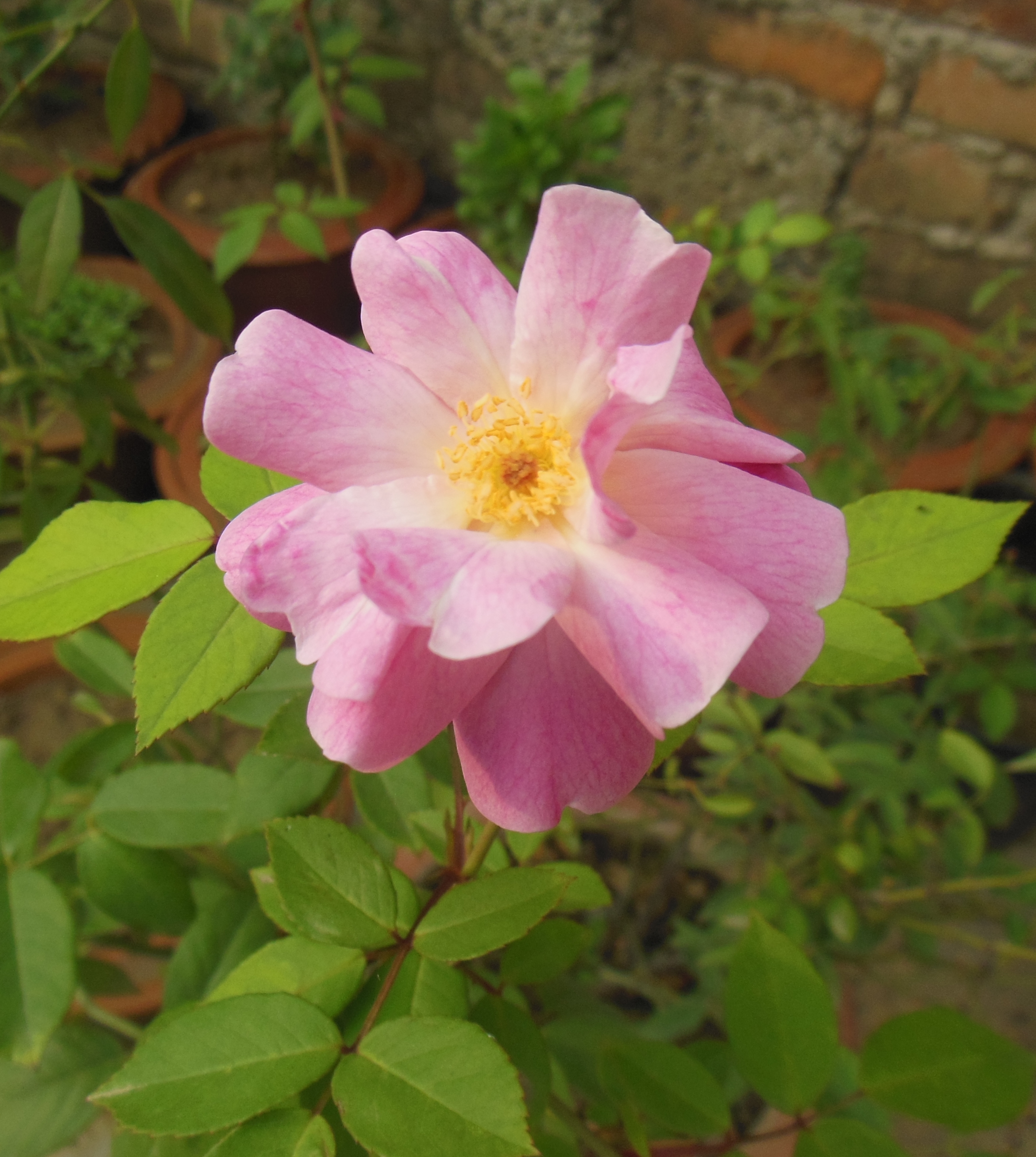Rosa damascena (Damask Rose), Rosa alba (The White Rose of York) and Rosa centifolia (Cabbage Rose) are the species most commonly used as a source of rose oil. These species are used as they have the strongest aroma and high content oil. Rose oil is extracted from rose petals through steam distillation. It is known as "Queen of Oils".
Rose oil has various usages apart from using in making of perfumes. Traditional rose is associated with Venus the goddess of love and beauty and in today's time the goddess is well and alive in the cosmetic industry for rose oil (synthetic as well as natural). It beautifies skin as it can be used for wrinkles, acne, scars, eczema and dark spots. It improves skin texture and skin health. It also strengthens hair roots.
Rosehip seed oil extracted from Rosa rubiginosa has been found to be very effective in skin treatment as it promotes tissue regeneration and has a high content of vitamin C.
Rose oil improves self-confidence
and metal strength which are key parameters for fighting depression, making it
a depression fighter. It boosts confidence. It also has a relaxing effect,
resulting in decrease of anxious feeling. It works well on digestion process.
It serves as an effective laxative. It has a positive impact on intestine
health.
Rose oil used alone or combined with other oils like lavender, cinnamon
and clove oil can be used as a massage oil (mixed with carrier oil) to relieve
from menstrual cramps. It is an aphrodisiac. It plays a role in regulating the
hormones that increase sexual desire. Antioxidants are found in rose water.
Using rose water on skin can protect against cell damage. It has antiseptic
properties making it excellent for treating wounds. It also has astringent
properties.
Rose blends well with Jasmine, Cassie, Mimosa, Neroli, Geranium,
Bergamot, Lavender, Sandalwood, Patchouli, Clove, Cinnamon, Lemon, Sweet Orange
and Mandarin.





